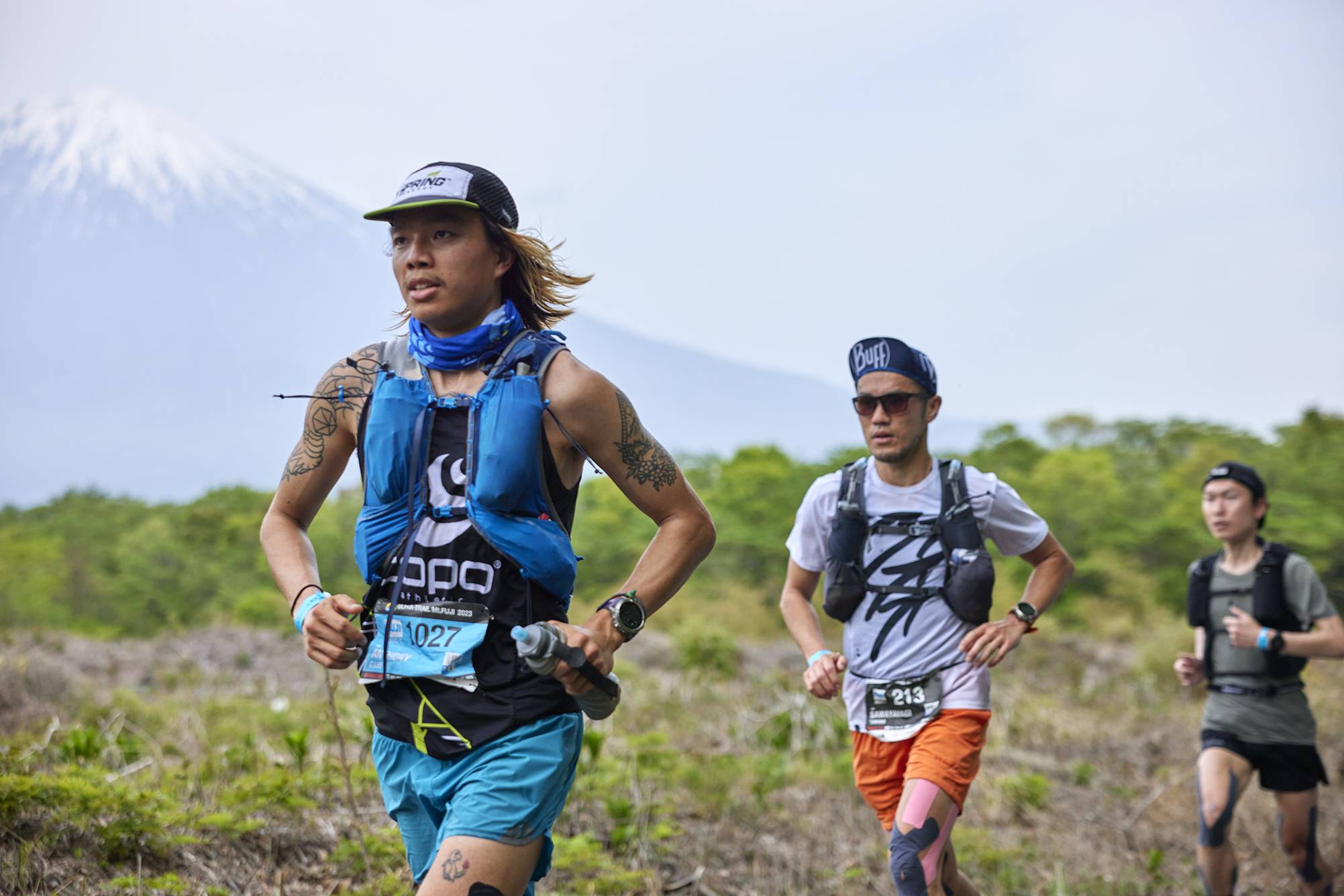It was exactly midnight, and I was halfway between the second and third aid station — 50 kilometers covered but still another 115 to complete in the Ultra-Trail Mt. Fuji, Asia’s most prominent ultramarathon.
I had fallen in with a line of runners, just a few of the 2,500-plus participants. Gazing out into the darkness, I could make out a string of headlamps in the distance along the top of the next mountain ridge leading to the fourth aid station. It was disheartening to see how big of a climb awaited me, but that’s the paradox of a race like this: Everything from the unpredictable weather to the grueling distance is as much an obstacle as it is a draw.
Adversity also runs through the history of UTMF (the initialism preferred by running circles). The inaugural race would have been held in 2011, if not for the Great East Japan Earthquake forcing it to be rescheduled the next year. In 2016, the UTMF was shortened and rerouted due to an incoming typhoon. The race’s original course used to bring runners around Mount Fuji in one large loop that passed through the Japanese Ground Self-Defense Force’s Camp Takigahara, but difficulties in negotiating annual access led to a new route through considerably more difficult passes in the mountains east and north of Lake Yamanaka.


















With your current subscription plan you can comment on stories. However, before writing your first comment, please create a display name in the Profile section of your subscriber account page.